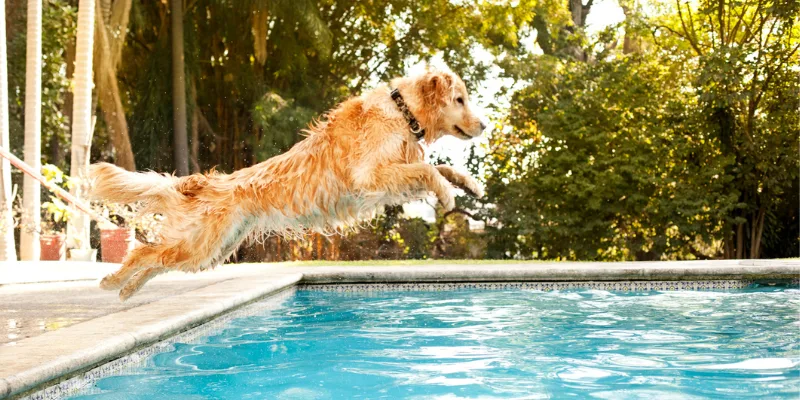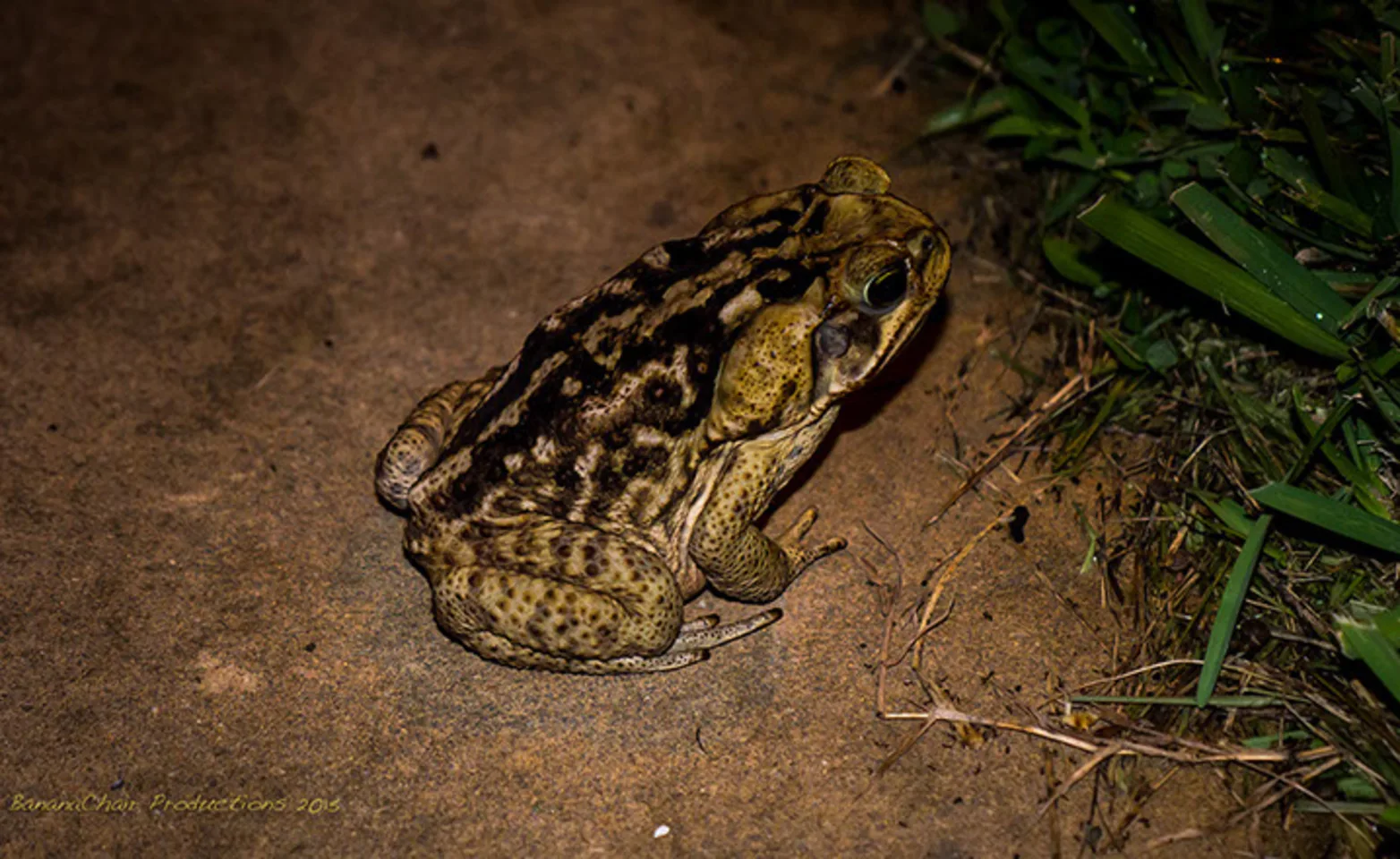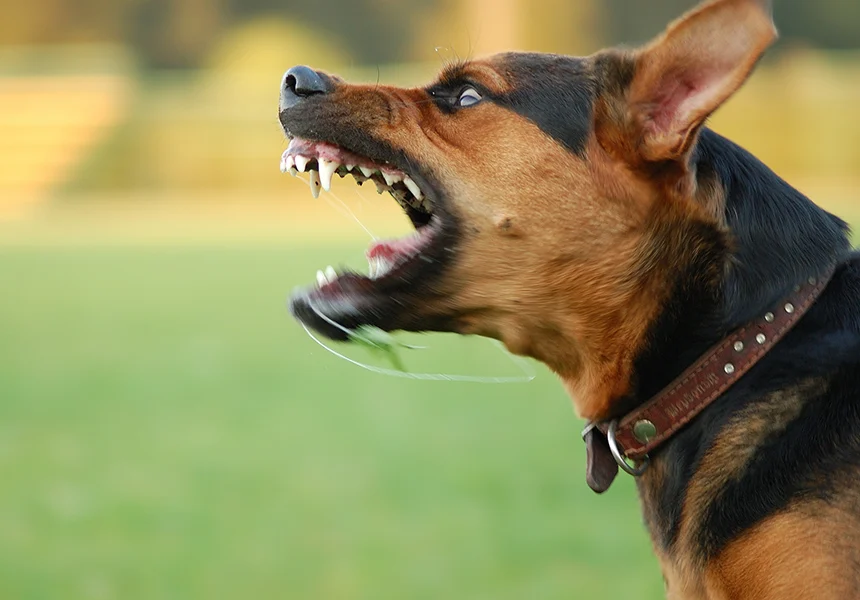Summer Toxins to Avoid with Your Pet – Summer, the season of sunshine, outdoor fun, and backyard BBQs! However, summer also creates hidden dangers for your pets. While you are enjoying the warm weather, your pet could be exposed to toxins that may make them sick, or worse. From dangerous foods to hazardous plants and chemicals, knowing the summer toxins to avoid for your pet can help keep them safe. This guide showcases the most common summer risks and tips for keeping your dog or cat safe all summer long.

Cookout and Picnic Foods: Tempting but Toxic
Summer cookouts are a great time for the whole family, but many common foods can be harmful to pets. Your dog may come sniffing when it smells that grilled meat, or your cat may sneak a bite off a plate, but some things are disasters waiting to happen. Here are the foods to avoid –
Grapes and raisins – Possible kidney failure; reported as more dangerous for dogs than cats.
Onions, garlic, and chives – Toxic to dogs and cats; can cause anemia.
Chocolate and xylitol (found in desserts and sugar-free gum) – Very toxic.
Cooked bones – Bones may splinter and result in choking or laceration of internal organs.
Alcohol – Even small quantities can affect pets.
Tip – Monitor pets when you are having a cookout, keep food away from them, and let your guests know not to feed your pet unless they have permission.
Garden Chemicals and Lawn Care Dangers
While a manicured lawn looks nice, it may also be hiding some serious dangers, especially during the summer months when fertilizers, weed killers, and pest killers all pose potential danger for your inquisitive pets. Common Dangers –
Fertilizers – If ingested, vomiting, diarrhea, or worse symptoms can occur.
Weed and insect killers – If ingested or absorbed through a pet’s paws, they can be toxic.
Cocoa mulch – It is made with theobromine, which is the same chemical in chocolate.
Tip – Use pet-safe products, and keep pets from treated areas for 24-48 hours.
Toxic Plants in Bloom
Your beautiful garden may look great for you to enjoy this summer, but it could be growing several plants that can be toxic to your pet. Ingestion, even if it is just a little nibble, can cause anything from simply digestive upset to a life-threatening illness. Toxic for Pets –
Lilies – Especially dangerous for cats, even a small amount of lilies can cause kidney failure.
Sago palm – All parts of this plant are toxic; even one small piece can cause liver failure in dogs and cats.
Azaleas and oleander – They can affect the heart, nervous system, and digestive tract.
Lantana and foxglove – All are toxic to several other species
Tip – Know what is growing in your yard and remove any hazardous plants. Do your research on plant toxicity, and consult your vet when in doubt.
Sunscreens, Sprays & Medications: Concealed Hazards
Summer typically equates to more sunscreen, bug spray, and first-aid products in our homes and on our bodies. Unfortunately, these may also have ingredients that can be dangerous to your pets. Hazards –
Sunscreens with zinc oxide or salicylates – Toxic if digested or licked
Insect repellents with DEET – Drooling, tremors, and seizures.
Over-the-counter pain relievers (ibuprofen, acetaminophen) – Extremely toxic.
Tip – Use only pet-specific products and keep all human products out of reach.
Water Hazards: Water can be Hazardous
Many dogs enjoy water play in the summer, but not all water is safe for your dog. Water contaminated with bacteria or parasites can lead to poisoning or infections. Hidden perils –
Blue-green algae (cyanobacteria) – Found in stagnant ponds worldwide, they are toxic even in small amounts.
Standing water – It can harbor pathogenic bacteria and parasites (Leptospira, Giardia, etc.)
Pool supplies – Chlorine pools and cleaning agents are concentrated risks.
Tip – Always provide new water, and do not allow your pet to drink from unknown or untreated sources.
Heatstroke and Burned Paws: The Quiet Dangers of Summer
Heat is not a toxin, but it may be one of the more dangerous risks pets face in summer. Unlike humans, pets can not sweat to cool down and are more prone to overheating. Look out for warnings about –
Heatstroke – Signs and symptoms include excessive panting, lethargy, vomiting, and collapse.
Burned paw pads – Hot pavement or sand can severely burn your pet’s paws.
Tip – Walk your dog in the early morning or evening, avoid hot surfaces, and never leave your pet in a parked car, even if the windows are slightly open.
Conclusion
Summer is a great time full of fun and excitement. However, there are a few areas of pet safety to be aware of. There is possible harm from food items to hidden toxins in your lawns and gardens that can hurt your pet in the summer. By knowing what to look for and taking simple steps to limit contact with hidden toxins, you can help your pet have as much fun in the sun this summer as you plan to have.
Know what to look out for, keep your expectations to a minimum, and if you are unsure, give your vet a call. Your furry friend is counting on you to ensure that they can enjoy a safe summer filled with sun.
FAQs
What do I do if my pet ate something toxic?
Call your vet and/or a 24/7 pet poison control hotline. Do not try any home remedies unless directed by a vet or pet poison control service.
Can I use my sunscreen on my dog?
No. Many human sunscreen products have zinc oxide or PABA, both of which are toxic to pets. Only use sunscreen made for pets and approved by your vet.
Can pets safely use citronella candles and insect repellent sprays?
The answer is no. Ingestion of or exposure to citronella can result in neurological damage and respiratory distress; DEET (the chemical in most bug sprays) is toxic to pets. Keep pets away from treated areas; instead, use pet-safe insect repellents.
What should I look for to see signs of poisoning in pets?
Typical signs of poisoning may include vomiting or diarrhea, drooling excessively, tremors or seizures, lethargy or uncoordinated or uncharacteristic movements, and loss of appetite. If you detect any of these symptoms, take them to your veterinarian immediately.




